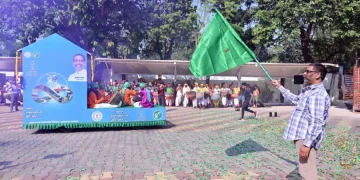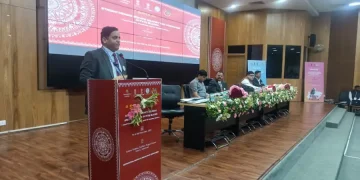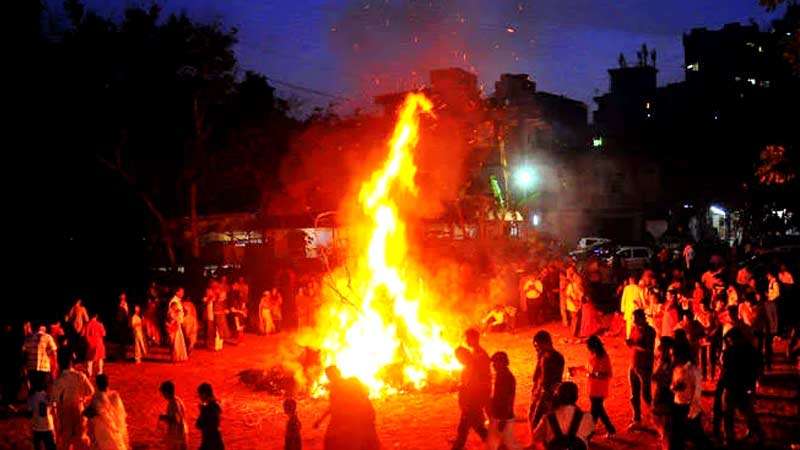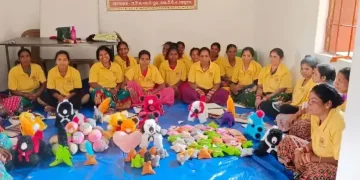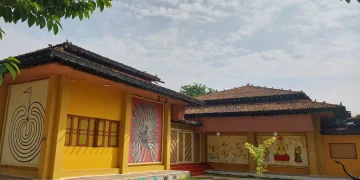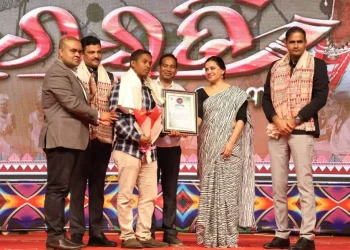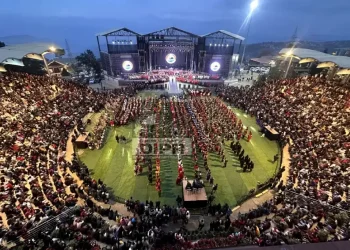Madhya Pradesh & Rajasthan
Love is in the air when Holi comes for the Bhil community of Madhya Pradesh. Bhagoria Haats, a sort of weekly market, sprout across the districts of Nimar, Jhabua and Dhar, where many a liaison is sealed. Youngsters dressed in their finery throng the fairs looking for their life partners and the traditional process is full of fun and excitement.
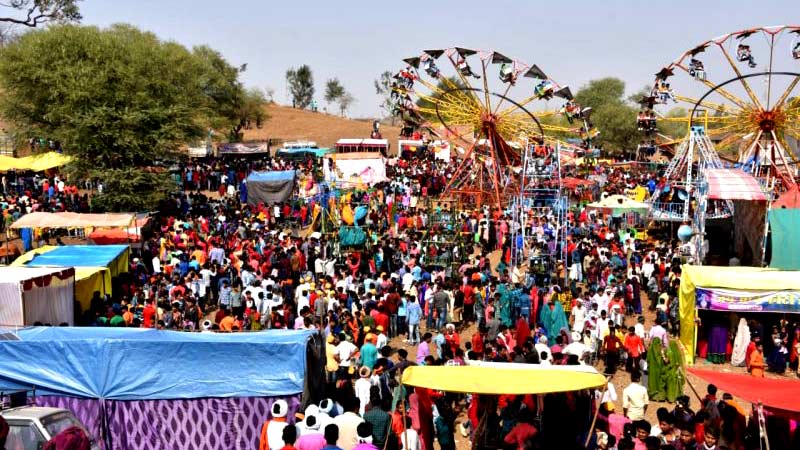
If a man likes a woman, he smears gulal on her face. If she is agreeable, she smears him too in the same colour, If not, both move on. According to tradition, the relationship is cemented by eating paan together. The couples then elopes.
The families, upon missing the duo, go to the village council, where a sum is fixed for the bride’s side. The happy marriage ceremony then takes place.
Interestingly, the Bhil women are an emancipated lot. Although the man chooses whom he wants to marry, the woman can refuse him by wiping off the colour. Also, the bride’s family gets the dowry.
In Madhya Pradesh as well as in Rajasthan, tribals light bonfires on the eve of Holi and worship the goddess Holi Mata. Spring flowers of palash and mango add a splash of colour to homes and villagers buy new grain that signifies new life.
Telangana
Tribal villages of Nagarjunasagar, Nalgonda district of Telangana, celebrate Holi once in 12 years. Women go from thanda to thanda — hamlets where the Lambadi or Banjara community lives are called Thanda. — Singing songs and collecting money for the festivities.
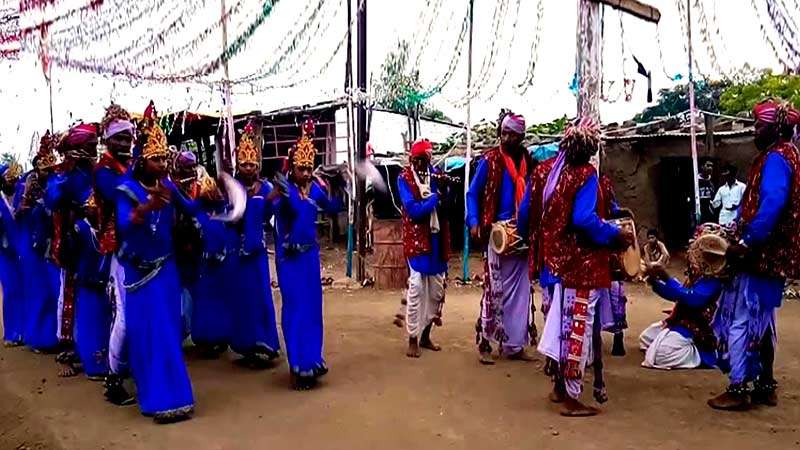
On Holi day, the men collect sticks from the forests for the Kaamadahanam. Literally the eradication of worldly desires, a ritual much like the Holika dahan. The Indian Tribal community joins in the ceremony in traditional attire and later play with colours and smear cooled ash from the Kaamadahanam on each other. Music and dance are an integral part of the rituals, with unmarried youngsters praying for conjugal joy. The day ends with feasting.
The Korku tribe of Dharani in Amaravati district is known to perform a unique Gaduli-Susun dance for Phagwa (Holi). In Konkan, wood of Savri tree used for the Holika dahan.






